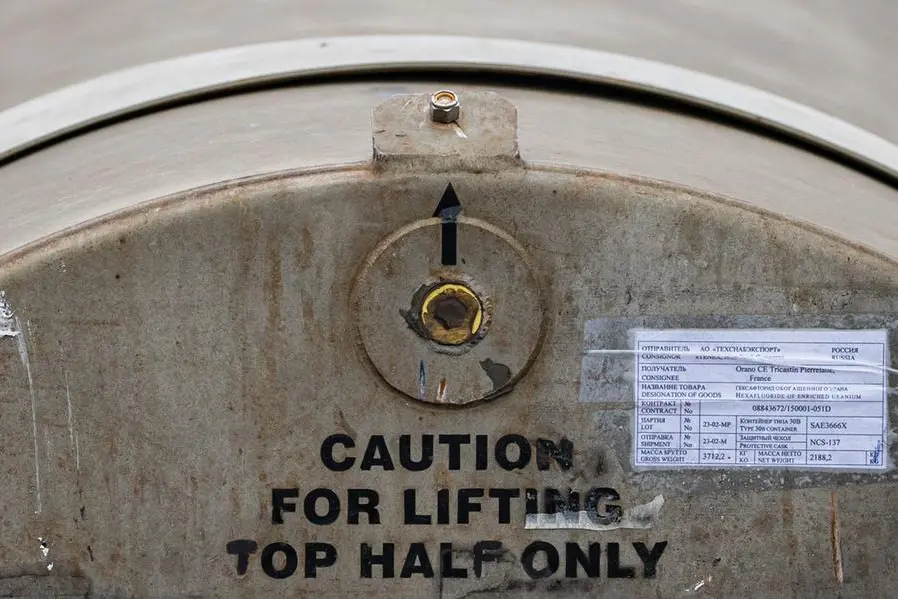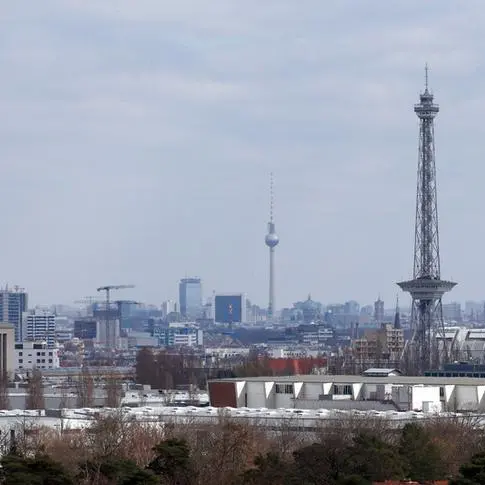PHOTO
The world's number of operational atomic warheads increased in 2022, driven largely by Russia and China, a new report out Wednesday said as nuclear tensions have risen since the war in Ukraine.
The nine official and unofficial nuclear powers held 9,576 ready-to-use warheads in 2023 -- up from 9,440 the year prior, according to the Nuclear Weapons Ban Monitor published by the NGO Norwegian People's Aid.
Those weapons have a "collective destructive power" equal to "more than 135,000 Hiroshima bombs," the report said.
The figures are published as Moscow has repeatedly raised the nuclear threat in connection to its invasion of Ukraine and Western military aid to the Eastern European country.
On Saturday, Russian President Vladimir Putin announced that he had agreed with Minsk to deploy "tactical" nuclear weapons in Belarus, a country on the EU's doorstep.
The additional 136 warheads to the ready-to-use global nuclear stockpile last year were attributed to Russia, which has the world's largest arsenal with 5,889 operational warheads, as well as China, India, North Korea and Pakistan.
"This increase is worrying, and continues a trend that started in 2017," editor of the Nuclear Weapons Ban Monitor, Grethe Lauglo Ostern, said in a statement.
At the same time, the total stockpile of nuclear weapons, which also includes those removed from service, continues to decline.
In the same year, the number of nuclear weapons fell from 12,705 to 12,512, due to the decommissioning of old warheads in Russia and the United States.
But Ostern warned that unless the trend of new warheads being added does not stop, "the total number of nuclear weapons in the world will also soon increase again for the first time since the Cold War."
The eight official nuclear powers are the United States, Russia, Britain, France, China, India, Pakistan and North Korea, while Israel is known to have nuclear weapons unofficially.




















